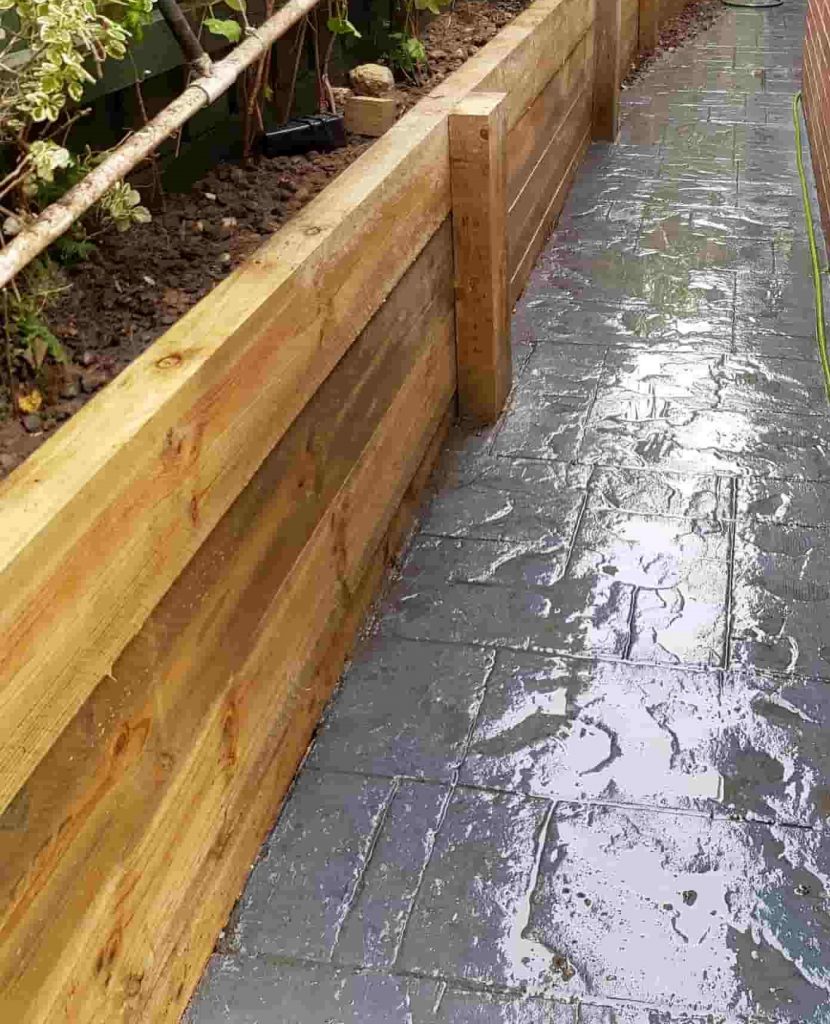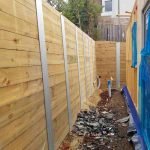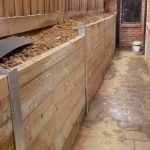Introduction
Building a retaining wall can be among the most intelligent decisions for landscape management, particularly when handling sloped terrains. But what should you anticipate from a retaining wall building and construction group? The response lies in comprehending their proficiency, the products they utilize (like timber sleeper and concrete sleeper), and how they handle the job from start to end up. This article aims to guide you through every aspect of employing a professional retaining wall building and construction group, making sure that your financial investment settles in durability and quality.
What to Expect from a Retaining Wall Building And Construction Team
When you're thinking about installing a retaining wall, the first concern that comes to mind is probably about the building group. What qualifications do they have? How skilled are they with different types of walls like those made from timber sleepers, concrete sleepers, or perhaps using H beams?
The Significance of Professional Expertise
A professional building group will not only provide physical labor however also invaluable expertise. They must use insights into:
- Material Choice: Comprehending whether timber sleeper or concrete sleeper is suitable for your project. Design Factors to consider: Understanding how high and large the wall needs to be based upon soil type and slope. Regulatory Compliance: Guaranteeing all work fulfills local codes and permits.
Understanding Retaining Walls: Types and Materials
Types of Keeping Walls
Retaining walls come in several forms:
Gravity Walls- Depend on their weight to withstand pressure.
- Utilize take advantage of acquired by extending backward into the earth.
- A variation of cantilever walls that consist of extra reinforcement.
- Often utilized for waterfront tasks; terrific for restricted area situations.
- Use cables anchored in soil or rock behind the wall for included support.
Materials Utilized in Retaining Wall Construction
When selecting products, consider your visual choices along with structural stability:
Concrete Sleepers- Durable, resistant to weathering, and often pre-cast.
- A more natural appearance but might require more upkeep over time.
- Offers an organic visual however can be costly.
- Easy to set up and available in various styles.
- Utilized for bigger walls requiring extra strength.
The Preliminary Assessment Process
Setting Up Your Very first Meeting
Your interaction with the building team begins here; it's important to lay down expectations:
- Discuss your objectives for the retaining wall. Outline your budget constraints. Explore various product alternatives (timber sleeper vs concrete sleeper).
Site Assessment
A comprehensive site assessment is essential:
- The group ought to examine soil conditions. Assess drain issues that could impact wall stability. Identify any regional regulations impacting construction.
Design Stage: What You Ought to Know
Drafting Plans and Blueprints
During this phase, anticipate in-depth discussions about style components:
- Height, length, and visual appeals need to be finalized. The importance of drain systems must be highlighted.
Material Options Explained
You'll have multiple options when it concerns products:
|Product Type|Pros|Cons|| --------------------|---------------------------|----------------------------|| Timber Sleeper|Economical, Natural Appearance|Less durable in time|| Concrete Sleeper|Strong, Weather Resistant|Greater initial cost|| H Beam|Extremely tough|Requires specialized labor|
Permitting: Necessary Actions Before Construction Begins
Obtaining permits isn't just bureaucracy; it's important for legality:
- Understand regional zoning laws governing structures on slopes. Your contractor will generally assist with the documents needed.
Preparing the Site for Construction
Clearing and Grading the Area
Before any actual structure takes place:
The location need to be cleared of vegetation. Proper grading makes sure water circulations far from your home rather of pooling around the base of the wall.Excavation Work: A Crucial Step
Excavation is not just digging; it's strategic planning!
Depth needs to accommodate both wall height and drainage needs. Secure any needed erosion control measures throughout this stage.Construction Day: Expectations Vs Reality
Workforce Coordination
Expect a well-coordinated crew on-site:

Material Delivery Timing and Handling
Materials like concrete sleepers or H beams should show up timely to prevent hold-ups:
- Ensure that delivery trucks can access tight locations quickly without destructive existing landscaping.
Quality Control Throughout Construction
Regular Inspections by Professionals
As building and construction advances, regular checks are important:
Inspect foundation work before moving forward. Ensure walls are plumb and level at each stage-- this prevents future structural issues.Adaptability During Build Process
Sometimes things don't go according to prepare! Here's where flexibility shines: https://tuffstuffretainingwalls.com.au/
Be got ready for unanticipated obstacles like poor soil conditions requiring design changes.
Trust your professional group; they're there for a reason!

FAQs About Retaining Wall Building Teams
Q1: How long does it typically take to build a keeping wall?
A: Usually, building a retaining wall might take anywhere from a couple of days up to numerous weeks depending on size, complexity, and weather condition conditions.
Q2: What type of upkeep do keeping walls require?
A: Maintenance can vary based on materials utilized-- timber sleepers might need sealant every couple of years whereas concrete sleepers may need less regular attention unless cracks appear.
Q3: Can I build my own retaining wall?
A: While DIY is possible, employing specialists makes sure appropriate style adherence and structural integrity-- particularly important if you lack experience in landscaping or engineering principles!
Q4: Do I need drain behind my retaining wall?
A: Absolutely! Appropriate drain keeps pressure off your wall structure avoiding bulging or collapse over time.

Q5: Can I repurpose old wood or bricks for my maintaining wall?
A: Yes! Repurposing products can add character-- but make certain they're structurally sound adequate for long-term use!
Q6: What happens if I don't get licenses before building?
A: Not getting necessary authorizations might cause fines or forced removal of your recently constructed wall-- constantly speak with regional regulations first!
Conclusion
In summary, understanding what to anticipate from a retaining wall building team goes far beyond simply hiring workers; it includes whatever from preliminary assessments regarding material choices such as wood sleepers versus concrete sleepers all the way through job conclusion where quality control remains paramount throughout every step taken! When you align yourself with skilled professionals who understand these intricacies much better than anybody else-- you'll discover peace-of-mind understanding that not only does your property appearance fantastic but also stands strong against nature's forces!